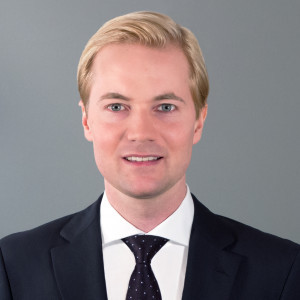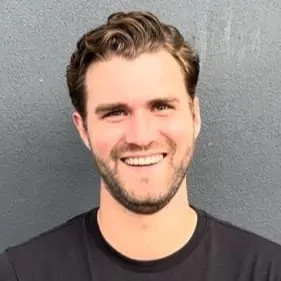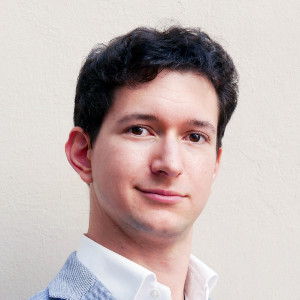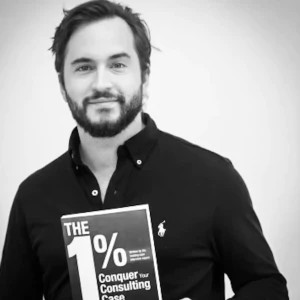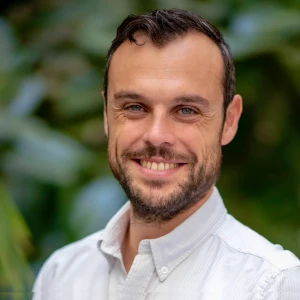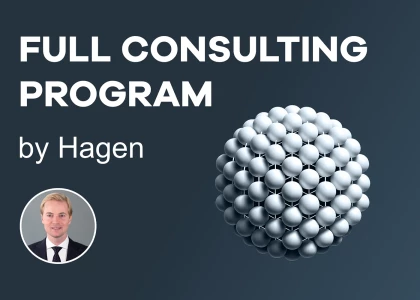I was looking at the solution for question 3 of this case: https://www.mckinsey.com/careers/interviewing/globapharm
It says that because value after Phase II trials must increase by $150m, and value otherwise is $540m, then Phase I + Phase II success rate must increase by 28% (150/540).
Can someone explain why this is? If lifetime profits after release are fixed at $1.2b, doesn't value after Phase II only depend on the success rate of Phase III and Phase IV?
Why does the value increase of $150m after Phase II imply that Phase I + Phase II success rate must increase by 28%?


